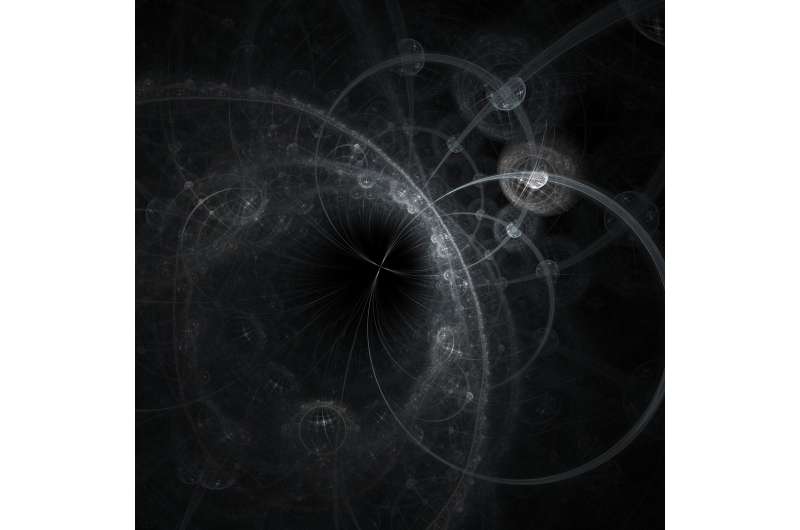By harvesting energy from their surrounding
environments, particles named ‘artificial micromotors’ can propel
themselves in specific directions when placed in aqueous solutions.
In current research, a popular choice of micromotor is the
spherical ‘Janus particle’ – featuring two distinct sides with
different physical properties. Until now, however, few studies have
explored how these particles interact with other objects in their
surrounding microenvironments. In an experiment detailed in EPJ E,
researchers in Germany and The Netherlands, led by Larysa Baraban
at Helmholtz-Zentrum Dresden-Rossendorf, show for the first time
how the velocities of Janus particles relate to the physical
properties of nearby barriers.



